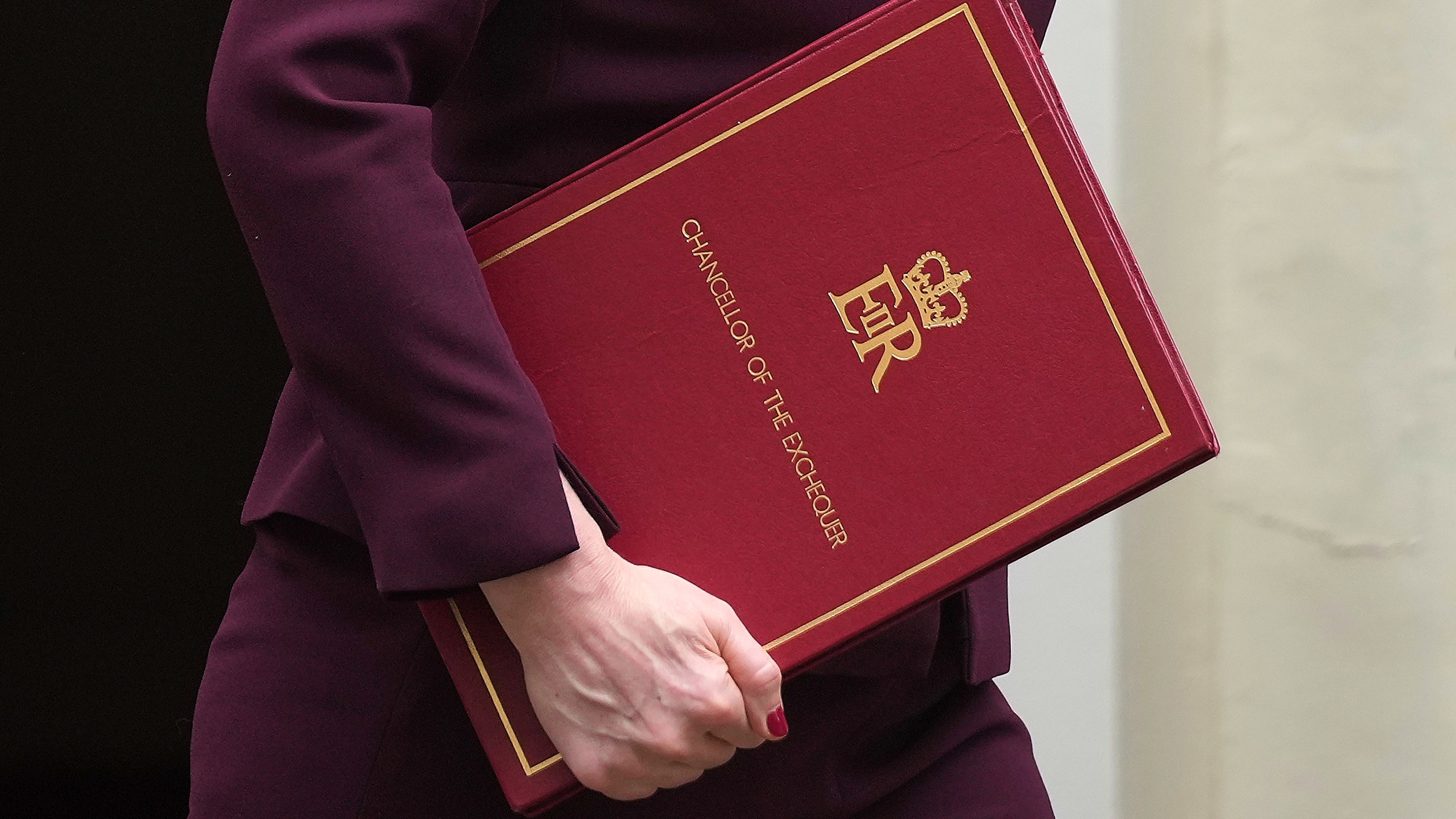Most investors will question where the money goes and for what purpose. The fees are paid to the fund management group to cover a variety of expenses. These include the buying and selling of shares and bonds for the fund, the salaries of the managers and the administration costs for the investors’ accounts. In some cases part of the fees goes to the financial adviser the investor consulted about the fund.
D">
Many investors tend to diversify by holding both active and passive funds in their portfolios. Because people’s risk profiles are different one type is not necessarily better than the other. Investors just need to know which they have and make sure they are not paying too much.
Fund charges
There are three main charges investors need to understand. First, an initial charge is paid when an investor buys shares or units of a fund. This covers expenses like administration and marketing costs and the commission to the financial adviser.
On average an actively managed fund levies an initial charge of 5%. This is usually split between the fund group and the adviser. For example, of this 5%, a fund group may give 3% to the financial adviser who recommended the fund and keep the remaining 2% to cover its costs.
By no means do investors have to pay the entire initial fee. Fund groups often run special campaigns lowering or waiving the initial charge. Also some independent financial advisers (IFAs) charge investors a flat fee for advice rather than being paid out of the commission.
These IFAs will often rebate their portion of the initial charge back to the client. Investors who do not require financial advice can purchase funds less expensively. [Morningstar explained the most cost efficient ways to invest in funds in a previous article: How to buy a fund.]
Second, funds levy a yearly fee from investors called the annual management charge. This fee pays for the administration and running of the fund. On average, actively managed funds tend to impose an annual management charge of about 0.75% -1.5% of the value of the fund. Index funds should charge less, closer to the 0.5% - 0.75% level. Other expenses of a fund such as audit, legal and trustee costs can be about 0.2% per year.
Unlike most, if not all, UK fund groups Bedlam is charging a single fee for its three recently launched funds. Investors pay no charge for buying or selling shares in their funds. Instead the group levies an annual management fee, currently payable only if the fund has a positive absolute return of a certain level. The firm, which launched this month, has yet to prove its funds can perform but the transparency of fees it is promoting is important.
Third, a few fund groups offer “no load funds” with an exit charge rather than an initial one. This charge is imposed when investors sell shares or units in a fund. The size of the charge tends to decrease over time, often reducing to nothing after a set period of time such as three or five years. This charge is typically designed to discourage investors from withdrawing their money early.
Comparing costs
Investors looking to keep charges low can keep an eye out for funds with CAT marks, meaning they adhere to voluntary government standards for acceptable Charges, Access and Terms on Individual Savings Accounts (ISAs). In terms of charges ISAs with these CAT standards must levy an annual management charge of no more than 1% of the value of the fund. [For more details including the Government's requirements for each ISA type, please see Morningstar's ISA Funds section.]
In fact CAT standards were introduced following criticism of fund charges that pre-dated Bedlam. The Financial Services Authority published a discussion paper in 2000 by Kevin James, one of its economists, which argued that fund investment is significantly more expensive than buying shares. The results of his study said investors would need to invest £1.50 in a fund to attain the same level of return as £1 invested in the stockmarket. His findings were hotly disputed by the fund industry.
Investors have a couple of choices when exploring fund costs. By using the Fund Quickrank investors can sort their chosen funds by cost by clicking on the Fees tab. In the Fund Selector investors can filter funds by, among many other criteria, their annual management fee. Also the key features document each fund must produce will list all charges.
Cheap does not always equal good and expensive does not necessarily mean bad. Some funds will naturally be more expensive than others because their investment process is more labour-intensive. Both cheap and expensive funds can perform badly or well. Investors need to be aware of what they are paying and how those charges impact the performance of their funds.




























